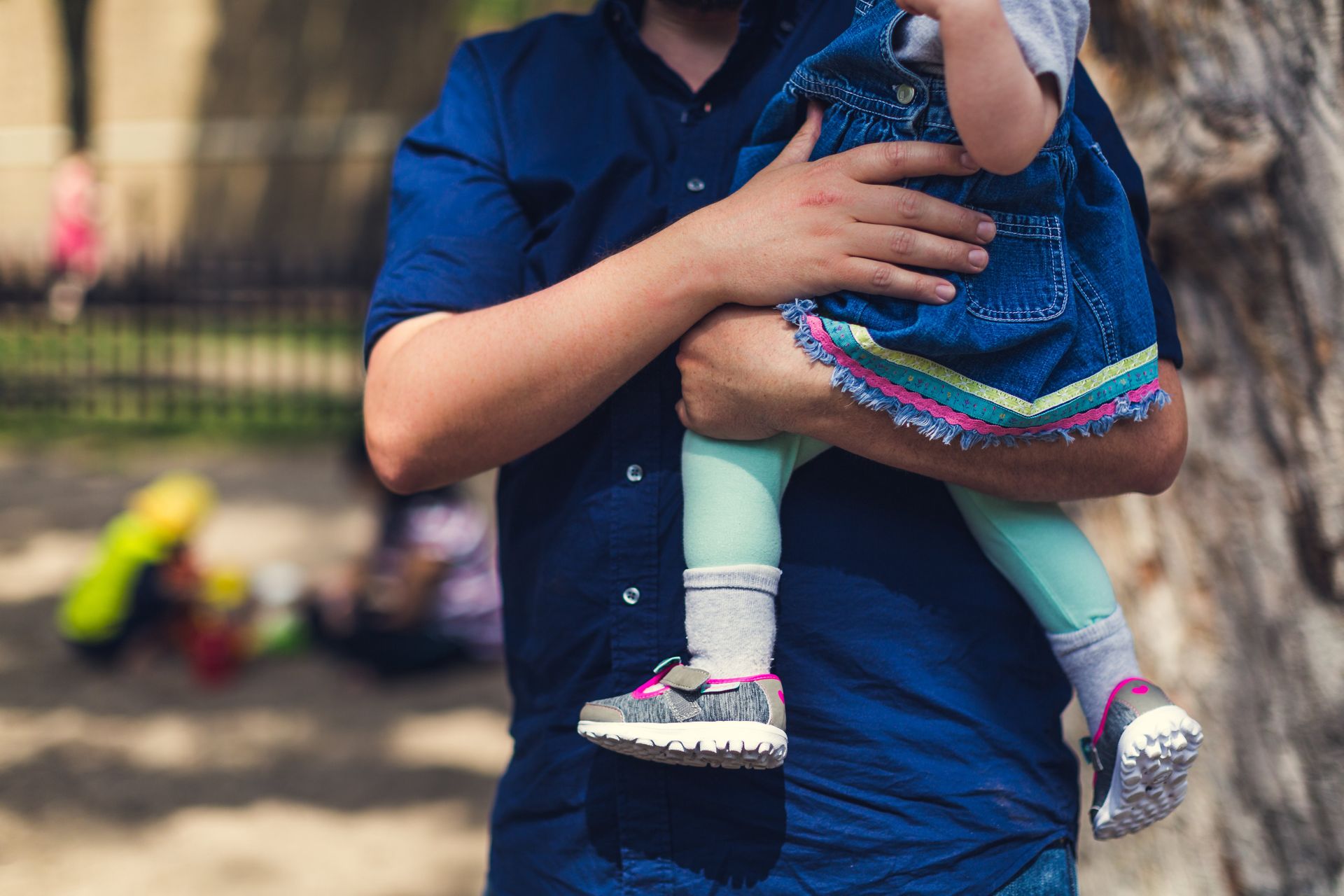Toddler
3 min Read
How to Help Your Toddler’s Feet Develop Properly

March 9, 2011
Toddler
3 min Read

March 9, 2011

It’s a momentous occasion: your baby’s first steps. As she finally musters the courage and coordination to take those first few lurching movements from one set of arms to another, it’s nothing short of magical.
But as your toddler begins to toddle, you might be tempted to put her feet into a pair of adorable little shoes. Not so fast.
 The adult foot is made up of 26 bones, which are connected by many ligaments, muscles and nerves. But at birth, a child’s foot contains mostly flesh and cartilage, which ossify into bone during childhood, the entire process finishing at about 16 years of age. The first few years, in particular, are critical. “The bones are still very malleable at this age, and the arch develops at around age three or four,” says Dr. Wayne Crosby, a Calgary-based podiatrist.
The adult foot is made up of 26 bones, which are connected by many ligaments, muscles and nerves. But at birth, a child’s foot contains mostly flesh and cartilage, which ossify into bone during childhood, the entire process finishing at about 16 years of age. The first few years, in particular, are critical. “The bones are still very malleable at this age, and the arch develops at around age three or four,” says Dr. Wayne Crosby, a Calgary-based podiatrist.
So what’s the best shoe for the new walker? No shoe at all. “Being barefoot encourages muscular development in the foot,” says Dr. Crosby. “Around the house, it is best to go without shoes.” The Canadian Podiatric Medical Association also suggests children go barefoot or wear socks when indoors. “This helps the foot grow normally and develop its musculature and strength, as well as the grasping action of the toes,” according to the CPMA.
When your child takes her new skill outdoors, and shoes become necessary, make sure they are flexible and lightweight, but supportive.
“There should be a good, stiff heel counter where the heel sits, and a sturdy midsole,” says Dr. Crosby. “If you are holding the shoe at both ends, you shouldn’t be able to twist it from side to side very easily.” It’s also important to have a deep, wide toe box so the toes aren’t crowded. “Since the bones are still developing at this stage, they will conform to a shoe if they are restricted. A lot of kids are in shoes that are way too small.”
It’s a good idea to have your child properly fitted at a children’s shoe store, to make sure the width (which can range from D to F) and length are correct. And have them checked often; children’s feet grow an average of two full sizes a year until they are about five years old, and most of that growth occurs in the spring and summer. But remember to let them kick off those shoes and run barefoot through the grass every once in a while, too.
If you notice something unusual about your child’s feet or the way she walks, should you be concerned? Probably not, says Dr. Wayne Crosby. “I see a lot of three- and four-year-olds whose parents say, ‘He’s not walking like an adult.’ The child may be walking on his toes, or in-toeing or be flat footed. But the truth is, children this age don’t walk like adults.” Most of these situations correct themselves over time, says Dr. Crosby. The child should be left to develop until about age five, at which point a doctor should address the problem to see if it is something serious. An exception to that rule: if the child has one foot that is significantly inturned in comparison to the other. “That might be a club foot that was not picked up on earlier, and which would require treatment,” says Dr. Crosby.
Published in March 2011.